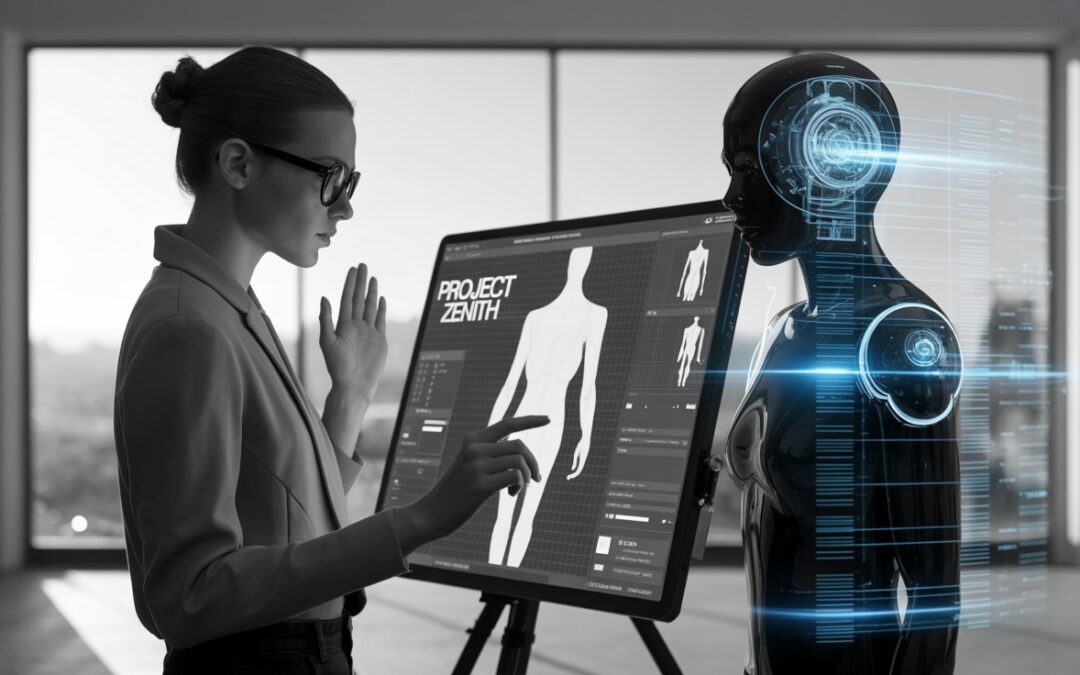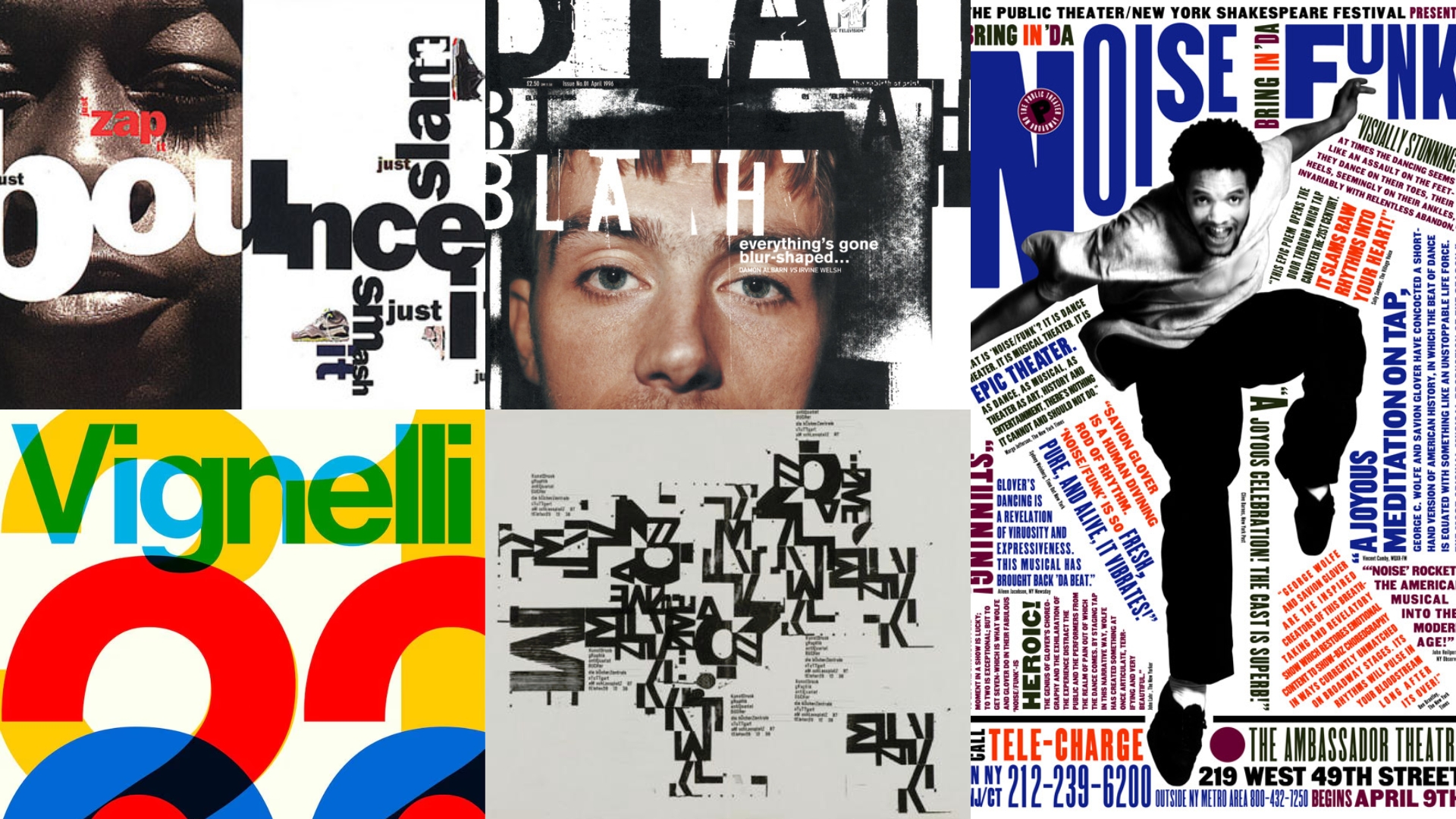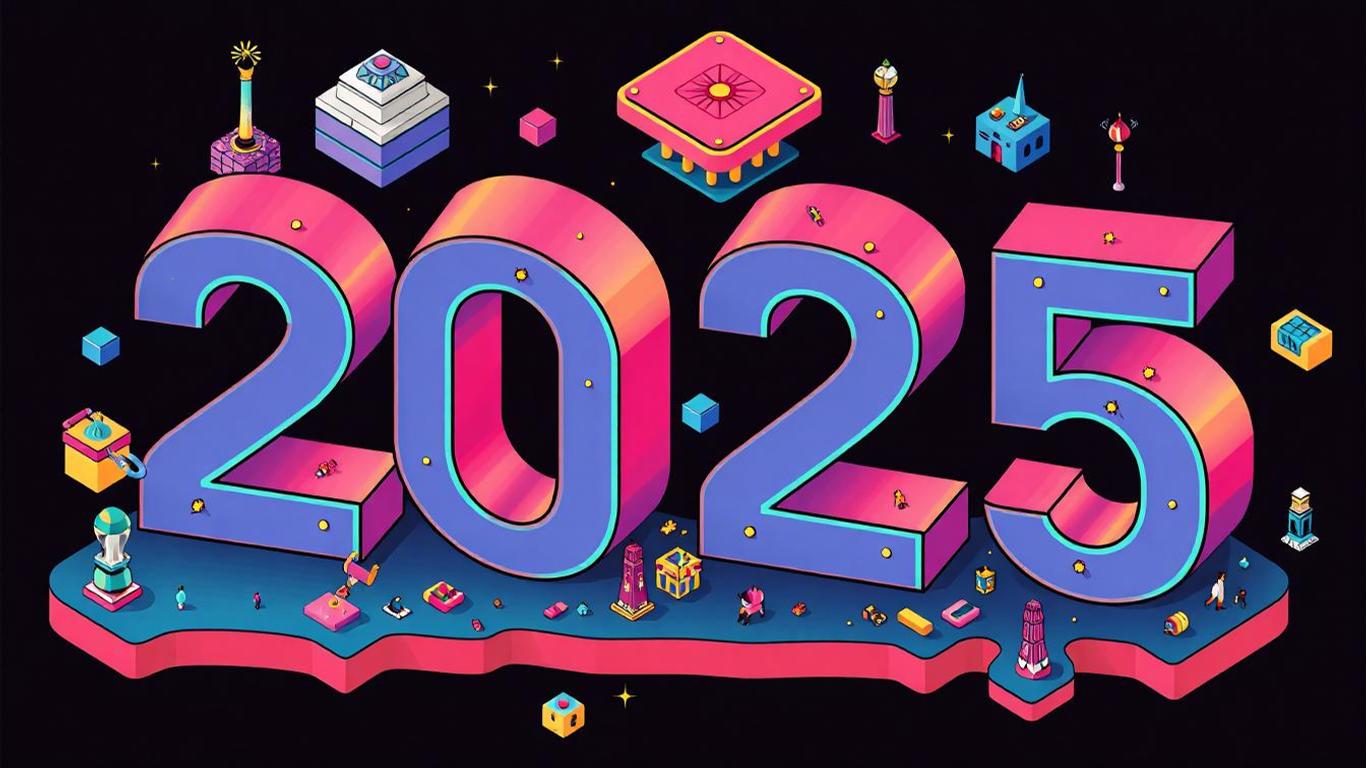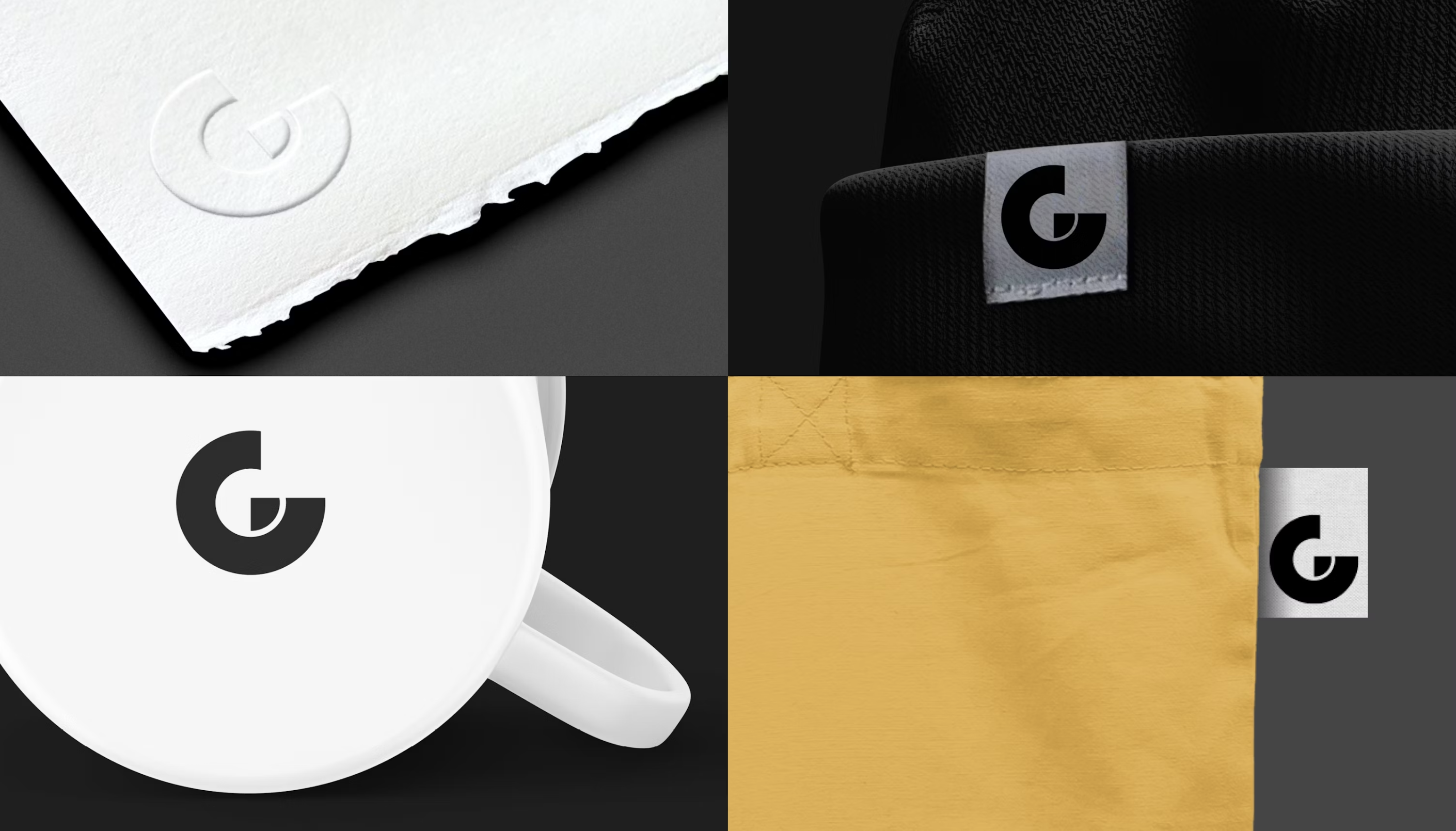The graphic design world is undergoing a major transformation in 2025, and it’s powered by artificial intelligence. From enhancing creativity to streamlining workflows, AI tools are revolutionising the way designers think, work, and create. If you’re a creative professional or a business owner looking to understand the future of design, now is the time to pay attention. In this post, we’ll explore how AI is changing the design industry, the tools leading this shift, and why embracing this evolution is a smart move for every designer.
1. AI as a Creative Collaborator, Not a Replacement
One of the biggest misconceptions about AI in design is that it’s here to replace human creativity. The truth? AI is a partner. Tools like Adobe Firefly, Canva Magic Design, and DALL•E are empowering designers by generating ideas, colour palettes, layouts, and even entire moodboards in seconds. This doesn’t take away creative control—it enhances it. Designers can spend less time on repetitive tasks and more time on refining concepts and storytelling.
2. Smarter Workflows, Faster Turnarounds
AI dramatically increases productivity. Platforms such as Figma’s AI plugins and Uizard use machine learning to automate wireframes, suggest UX improvements, and even generate design components from text prompts. This speeds up the prototyping phase and helps teams iterate faster, making client feedback loops more efficient. The result? Quicker project delivery without compromising quality.
3. Personalized Design at Scale
Need to create 50 versions of a social media graphic tailored to different audiences? AI excels at personalisation. Tools like Jasper and Midjourney allow designers to produce custom content variations at scale. This is invaluable for campaigns targeting multiple demographics, A/B testing, or localised branding efforts.
4. Data-Driven Design Decisions
AI tools can analyse user behaviour and suggest design optimisations based on real-time data. For instance, Adobe Sensei can provide insights into which visual elements perform best on different platforms. This means designers can make informed choices, blending intuition with analytics to craft designs that not only look good but also perform.
5. Democratizing Design for Non-Designers
AI in design isn’t just helping pros, it’s making design more accessible to entrepreneurs, marketers, and content creators. With intuitive platforms like Canva or Looka, anyone can produce professional-looking visuals without formal training. This levels the playing field while still leaving room for seasoned designers to deliver high-end, strategic work.
6. Ethical Considerations and Creative Integrity
As with any technological advancement, there are ethical concerns. Plagiarism, bias in datasets, and over-reliance on templates can stifle originality. Designers must use AI responsibly, viewing it as a tool rather than a crutch. Protecting intellectual property and maintaining a distinct visual identity remain crucial.
Embracing the AI-Enhanced Future
The rise of AI in graphic design is not a threat; it’s an evolution. When used wisely, AI empowers designers to think bigger, move faster, and create with more intention. At Graffikat, we see AI not as a shortcut, but as a superpower for the modern creative.






